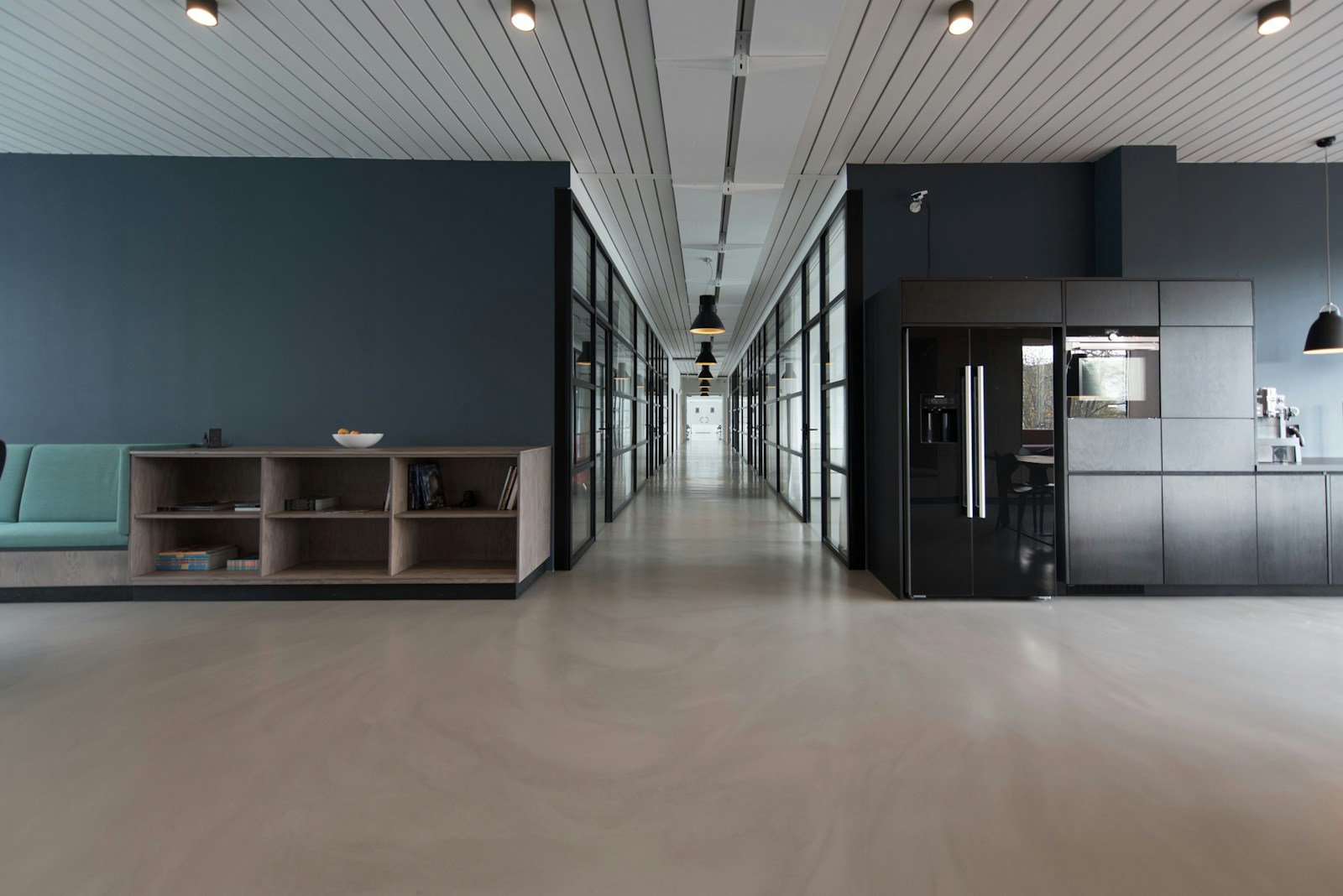
Dom w stylu gotyckim – mroczne piękno architektury
Gothic style architecture has always been associated with a sense of mystery and grandeur. The tall spires, pointed arches, and elaborate ornamentation of Gothic buildings evoke a feeling of awe and reverence. One of the most striking examples of this architectural style is the Gothic Revival style, which emerged in the 19th century as a response to the Industrial Revolution.
The Gothic Revival style drew inspiration from medieval Gothic architecture, with its emphasis on verticality, decorative details, and dramatic silhouette. This style became popular in Europe and North America, leading to the construction of many churches, cathedrals, and grand residences in the Gothic Revival style.
Characteristics of a Gothic style house
- Pointed Arches: One of the defining features of Gothic architecture is the extensive use of pointed arches. These arches give the buildings a tall and elegant appearance, adding to the sense of verticality.
- Spires and Towers: Gothic buildings often feature tall spires and towers, reaching towards the sky. These elements add a sense of drama and majesty to the overall design.
- Gargoyles and Grotesques: Decorative sculptures of gargoyles and grotesques are commonly found on Gothic buildings. These fantastical creatures serve both as decorative elements and as functional rainwater spouts.
The allure of a Gothic style house
Living in a Gothic style house can be a truly unique experience. The dark and moody atmosphere of a Gothic home creates a sense of mystery and enchantment, making it a perfect retreat from the hustle and bustle of everyday life. The elaborate detailing and craftsmanship of a Gothic house also provide a sense of history and tradition, adding to the overall charm of the property.
Gothic interior design
In addition to the exterior architecture, Gothic style homes often feature intricate interior design details. Vaulted ceilings, stained glass windows, and ornate woodwork are common elements in Gothic interiors. Dark, rich colors such as deep reds, purples, and greens are often used to create a dramatic and luxurious atmosphere. Furniture and decor inspired by medieval and Renaissance styles can further enhance the Gothic aesthetic of a home.
Maintaining a Gothic style house
Preserving a Gothic style house requires careful attention to detail and regular maintenance. The intricate ornamentation and delicate stonework of Gothic buildings can be prone to damage over time, so it’s important to carry out regular inspections and repairs. Keeping the exterior surfaces clean and free from debris can help prevent deterioration and ensure that the building retains its original beauty.
Conclusion
In conclusion, living in a Gothic style house offers a one-of-a-kind experience that combines architectural grandeur with a sense of mystery and romance. The dark beauty and intricate details of Gothic architecture create a unique atmosphere that is sure to captivate anyone who appreciates historical charm and elegance. Whether you’re drawn to the pointed arches, soaring spires, or elaborate carvings of Gothic buildings, there’s no denying the enduring appeal of this iconic architectural style.






